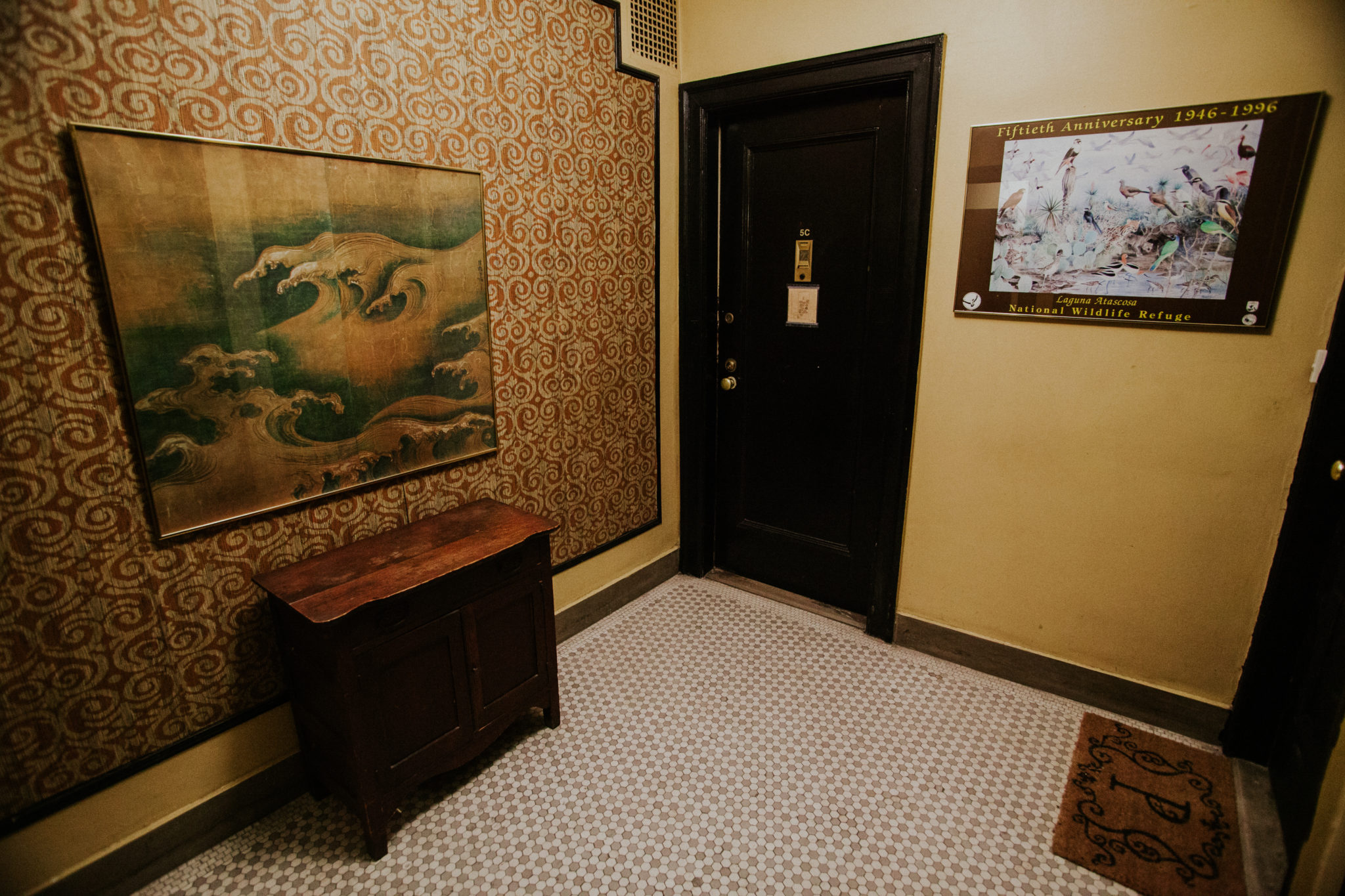
Transition to Assisted Living
Rosemary's apartment of 40 years in the Upper West Side was well-known to all who love her. She'd first begun renting the spacious fifth floor quarters in the 70s, when the Upper West Side felt far away from downtown and rent was cheap; older buildings with slow creaky art deco elevators weren't as prized as they would become. Rosemary was studying Rolfing and integrative health, and wound up becoming an expert in her field, writing several books and articles on the subject. She loved travel and poetry and music and art, and every day the New York Times arrived at her door with a satisfying heavy thud.
Over the years her apartment accumulated fascinating and beautiful objects from her travels and interests: a poster from Phillip Glass' "Einstein on the Beach"; a series of haunting masks from Africa; her massage table with stacks of vibrantly dyed wool blankets; a blue velvet couch; a large wicker chair; little bottles of antique perfume; and stacks upon stacks of books. She had an artist friend paint a mural of a blue sky swirling gently with white clouds on her kitchen hardwood floor and table. Light poured in from a bay window and onto a thickly cushioned window seat.
Rosemary had not one but two guest rooms, and guests were always welcome and often present. She gave no hesitation in handing over her spare key, even when she was traveling and wouldn't be home herself. Many friends and family began to see that apartment as their sanctuary, too.
When Rosemary was diagnosed with Parkinson's, she tried to live the life she'd loved for as long as possible, but she knew she would eventually need to live in an assisted living center. She made arrangements to live in one near her daughter in California. She was just visiting that space across the country when I was traveling to New York and needed a place to stay; the key was left for me, with no questions.